History Schmistory: February 15. Compute this!
Saturday, February 15, 2025
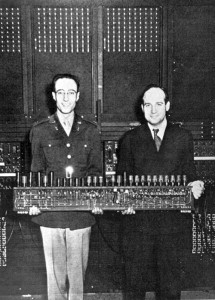 1946: ENIAC, the first electronic general-purpose computer, is formally dedicated at the University of Pennsylvania in Philadelphia. The ENIAC (electronic numerical integrator and computer) filled an entire room, weighed thirty tons, and consumed over two hundred kilowatts of power, (1 kW=1000 regular watts) so clearly the room must have felt like a sauna. Parts included over 19,000 vacuum tubes -the principal elements of the circuitry- and hundreds of thousands of resistors, capacitors, and inductors, all jumbled up inside forty-two panels nine feet tall, two feet wide, and one foot thick. And not a mouse to be found!
1946: ENIAC, the first electronic general-purpose computer, is formally dedicated at the University of Pennsylvania in Philadelphia. The ENIAC (electronic numerical integrator and computer) filled an entire room, weighed thirty tons, and consumed over two hundred kilowatts of power, (1 kW=1000 regular watts) so clearly the room must have felt like a sauna. Parts included over 19,000 vacuum tubes -the principal elements of the circuitry- and hundreds of thousands of resistors, capacitors, and inductors, all jumbled up inside forty-two panels nine feet tall, two feet wide, and one foot thick. And not a mouse to be found!
It would be decades before the true potential of the computer would be realized…
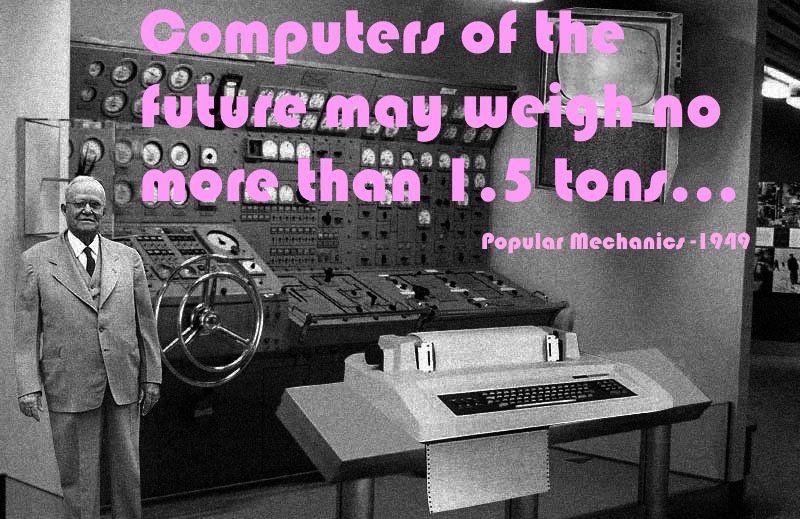
History Schmistory: February 13. “I give up.”
Thursday, February 13, 2025
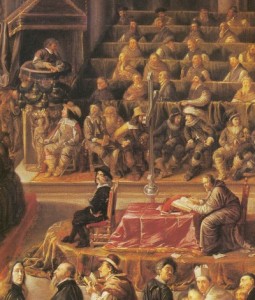 1633: After a grueling twenty-three day trip, Italian astronomer Galileo Galilei, seventy years old and suffering from excruciating sciatica, arrives in Rome for his trial before the Inquisition. Having failed to convince the cardinals with his evidence, Galileo was to be tried for heresy for professing and detailing his belief that Earth revolves around the Sun. In order to avoid a particularly torturous jail sentence, the mark of any bona fide Inquisition, Galileo had no choice but to submit, renouncing his beliefs and denying a lifetime of work so he could go back home and live out his remaining days in peace.
1633: After a grueling twenty-three day trip, Italian astronomer Galileo Galilei, seventy years old and suffering from excruciating sciatica, arrives in Rome for his trial before the Inquisition. Having failed to convince the cardinals with his evidence, Galileo was to be tried for heresy for professing and detailing his belief that Earth revolves around the Sun. In order to avoid a particularly torturous jail sentence, the mark of any bona fide Inquisition, Galileo had no choice but to submit, renouncing his beliefs and denying a lifetime of work so he could go back home and live out his remaining days in peace.
OK, Edison, it is your birthday and all.
Tuesday, February 11, 2025
We must admit, we are guilty of giving Thomas Edison a lot of grief for being a back-stabbing, elephant-killing, meanie-head, but he certainly was a powerfully advantageous business man and a worthy icon for American progress and ingenuity. So, I guess we can at least say Happy Birthday to the dead guy. Here’s a great video from Jeremiah Warren that breaks down his legacy quite efficiently 🙂
Now That’s Progress! Harnessing the power of lighting.
Monday, February 10, 2025
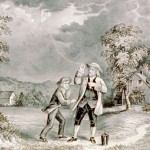 Okay, so we’ve all heard the Ben Franklin-kite flying-electricity story enough times, but what some of us may not realize is that those experiments led to one of the most important inventions in history. One that has arguably saved more lives than any other: The Lightning Rod. Pachow, pachow!
Okay, so we’ve all heard the Ben Franklin-kite flying-electricity story enough times, but what some of us may not realize is that those experiments led to one of the most important inventions in history. One that has arguably saved more lives than any other: The Lightning Rod. Pachow, pachow!
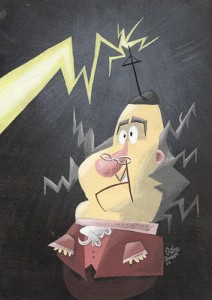 You see, most building materials like wood and drywall and… roof, are horrible conductors of electricity, so when hit with a streaking supercharge of juice, they tend to burst into flames. This can cause quite a predicament for those contained within. Back in Franklin’s day most homes and buildings were constructed with wood based materials, so it was common for lightning to ruin a perfectly good evening for many an unlucky household. The Lightning Rod offered a simple and effective solution. A pointed metal rod placed at the highest point of a structure would attract and conduct the energy a lightning bolt produces and pass it by wire down the side of a structure and into the ground where a much larger rod absorbs the bulk of the load. Genius.
You see, most building materials like wood and drywall and… roof, are horrible conductors of electricity, so when hit with a streaking supercharge of juice, they tend to burst into flames. This can cause quite a predicament for those contained within. Back in Franklin’s day most homes and buildings were constructed with wood based materials, so it was common for lightning to ruin a perfectly good evening for many an unlucky household. The Lightning Rod offered a simple and effective solution. A pointed metal rod placed at the highest point of a structure would attract and conduct the energy a lightning bolt produces and pass it by wire down the side of a structure and into the ground where a much larger rod absorbs the bulk of the load. Genius.

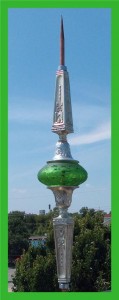 Back in the day, lightning rods were very decorative and most contained glass bulbs, which, when shattered, offered clear evidence of their awesomeness.
Back in the day, lightning rods were very decorative and most contained glass bulbs, which, when shattered, offered clear evidence of their awesomeness.
So next time you find yourself in a tall building, a dwelling on a hill, an airplane, or a yacht or something, during a crazy lighting storm, give a quick thanks to Mr. F for keeping you perfectly safe.
History Schmistory: December 12. Is anybody out there?
Thursday, December 12, 2024
1901: Guglielmo Marconi receives the first transatlantic radio signal in Newfoundland. The Message? “What kind of name is gooey elbow macaroni?”
Leslie Ward [CC BY 2.0 (http://creativecommons.org/licenses/by/2.0)], via Wikimedia Commons
History Schmistory: December 7. “We’ve been expecting you”
Saturday, December 7, 2024
1995: The Galileo spacecraft arrives at Jupiter more than six years after it was launched by Space Shuttle Atlantis. Jupiter bakes a cake.
History Schmistory: December 2. Hubble Trouble.
Monday, December 2, 2024
1993: NASA launches the Space Shuttle Endeavor on a mission to repair the damaged Hubble Space Telescope, and, of course, terminate the culprits…
History Schmistory: November 21. News from the Prince of Patents.
Thursday, November 21, 2024
1877: Thomas Edison announces his latest invention, the phonograph, the first instrument able to reproduce a recorded sound, and one of the few inventions Edison might actually deserve a little credit for.
History Schmistory: November 17. Not your ordinary cat toy…
Sunday, November 17, 2024
1970: Douglas Engelbart successfully patents the computer mouse. His patent for computer cheese is still pending.
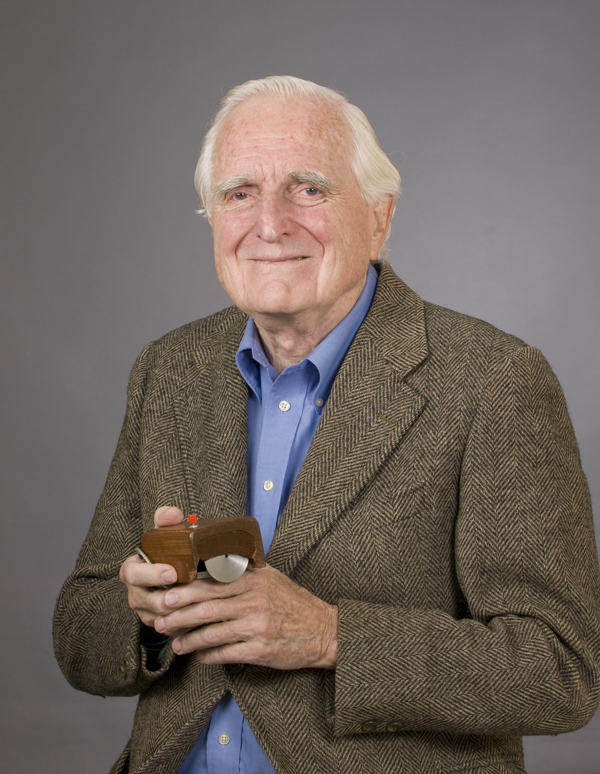
By SRI International (SRI International) [CC BY-SA 3.0 (http://creativecommons.org/licenses/by-sa/3.0) or GFDL (http://www.gnu.org/copyleft/fdl.html)], via Wikimedia CommonsBy SRI International (SRI International) [CC BY-SA 3.0 (http://creativecommons.org/licenses/by-sa/3.0) or GFDL (http://www.gnu.org/copyleft/fdl.html)], via Wikimedia Commons
History Schmistory: November 11. Coooold-snap!
Monday, November 11, 2024
1911: Apocalyptic expectations went wild the last time we saw an 11/11/11, as The Great Blue Norther, a cold snap that produced record highs and lows on the same day, barreled through the central US, leaving much of the bewildered population with contrasting habiliments.

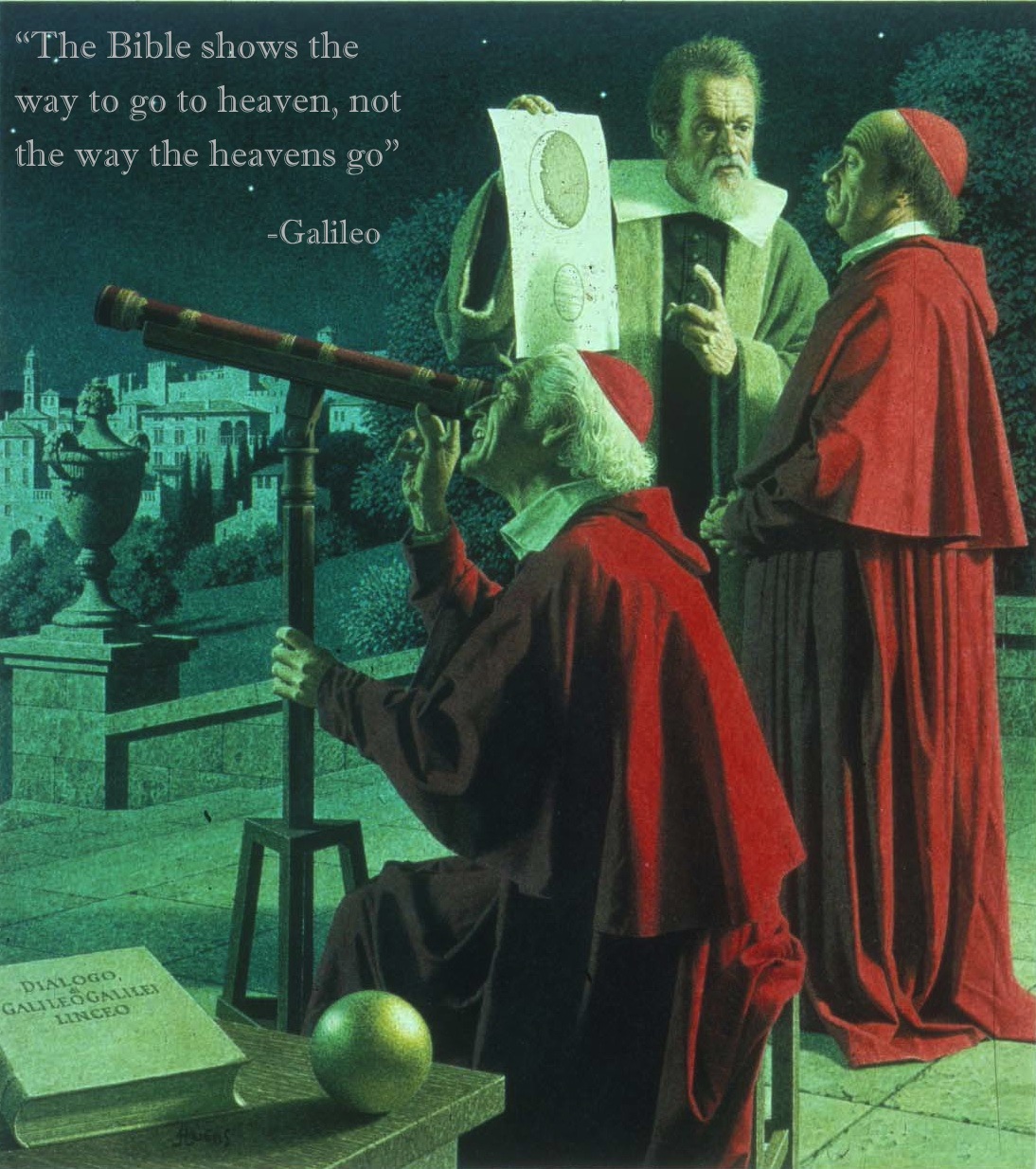

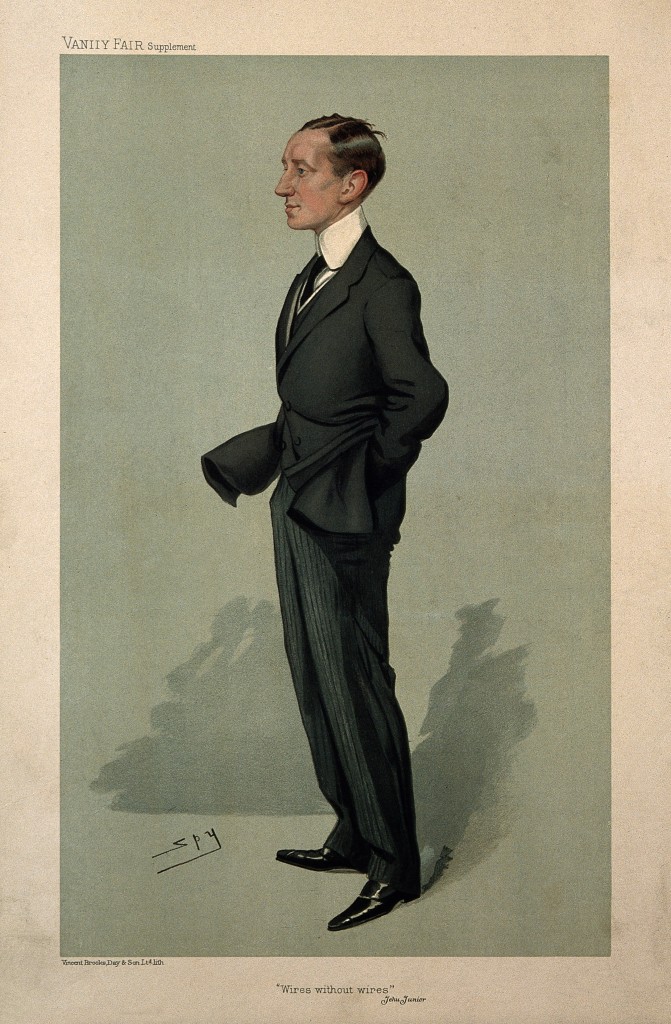
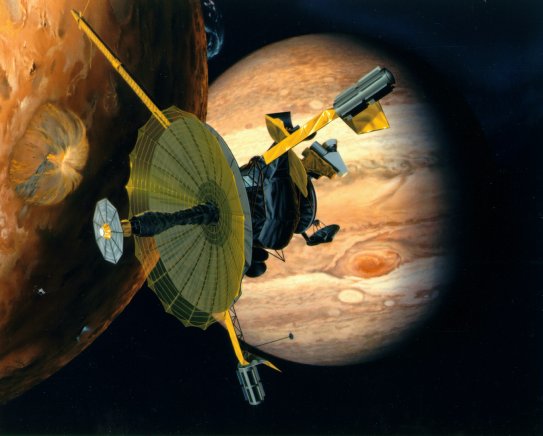
![By NASA/Kim Shiflett [Public domain], via Wikimedia Commons](http://www.teammarcopolo.com/blog/wp-content/uploads/2014/12/401px-STS-127_Launch_Pad_39A.jpg)
![By Levin C. Handy (per http://hdl.loc.gov/loc.pnp/cwpbh.04326) [Public domain], via Wikimedia Commons](http://www.teammarcopolo.com/blog/wp-content/uploads/2014/11/Edison_and_phonograph_edit1.jpg)
![By Adriano Agulló [CC BY 2.0 (http://creativecommons.org/licenses/by/2.0)], via Wikimedia Commons](http://www.teammarcopolo.com/blog/wp-content/uploads/2014/11/800px-Barcelona_snowfall08032010.jpg)
